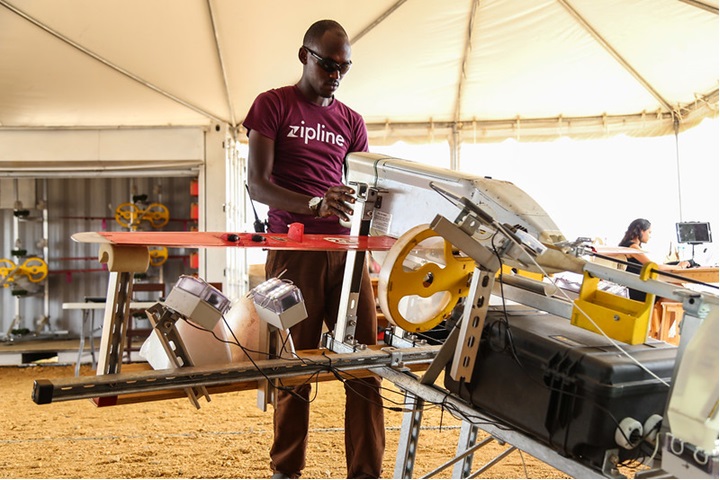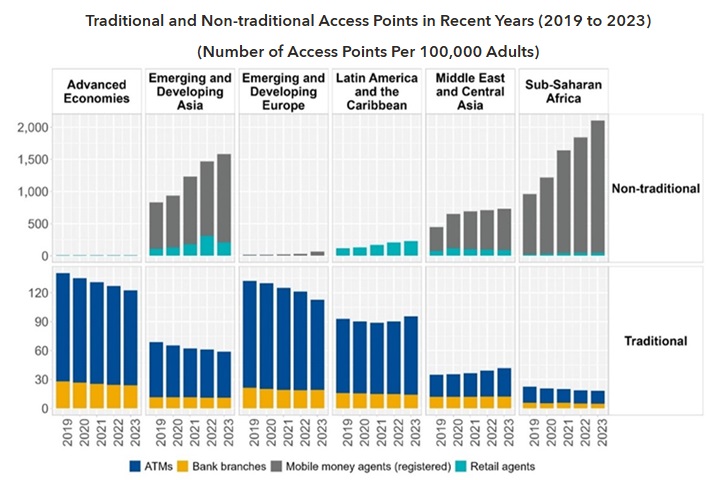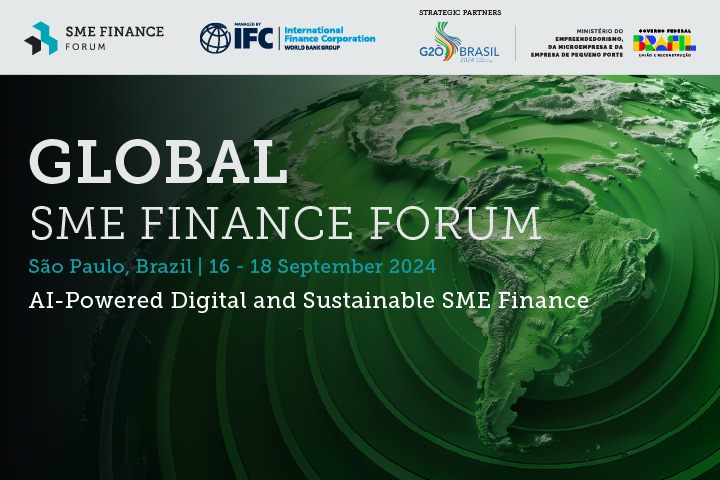By Krishnamurthy Suresh (Principal Researcher, CCAF), Felipe Ferri de Camargo Paes (Principal Researcher, CCAF), Loh Xiang Ru (CCAF), Richard Kithuka (CCAF), Peter Morgan (ADBI), Pavle Avramovic (CCAF), and Bryan Zhang (CCAF).
This is the second edition of our ‘Access to Digital Finance’ study in Asia-Pacific. Building on our previous publication, the ‘ASEAN Access to Digital Finance’, the second edition explores the role of digital finance providers in enhancing access to credit and improving the financial health of micro, small and medium enterprises (MSMEs) in selected emerging markets and developing economies (EMDEs) in Asia. The research is based on the survey responses from 819 MSME users of digital finance platforms operating across 7countries:
- Bangladesh
- China
- India
- Kazakhstan
- Mongolia
- Pakistan
- Vietnam
This study, conducted by the Cambridge Centre for Alternative Finance (CCAF) and the Asian Development Bank Institute (ADBI), offers key insights for regulators, policymakers and other stakeholders on how digital finance platforms improve MSME access to finance, promoting fintech ecosystem growth and MSME development.
Highlights from the report
The main findings of the report include:
1. Most digital finance users of MSMEs were sole traders, followed by micro and small enterprises
Approximately 60% of the MSMEs surveyed were sole traders, with micro (fewer than 10 employees) and small (10-49 employees) enterprises making up 92% of the sample. Most of these businesses engaged in retail or wholesale trade and operated under traditional structures (using physical premises). Millennials, aged 25-44, comprised the largest proportion of business owners.
2. Convenience, an important decision-making factor
MSMEs generally considered better approval rates, better customer service, swift fund disbursement, simplified application process, and flexible payment terms as key decision-making factors when financing through digital finance platforms.
3. Primary purpose of borrowing was to meet short-term financing needs
Overall, loan values among MSMEs were low and were primarily borrowed to meet working capital or growth requirements, such as payment to suppliers, purchase of raw materials/inventory and to cover unexpected business cash flow needs (such as customer defaults). Most businesses were able to repay loans from digital finance providers, with an overall default rate under 1%.
4. Growth in business performance post-financing
Around 80% of the businesses reported growth in revenue, net profit and customer base as a result of financing through digital finance platforms. It positively impacted their business through expansion, asset purchases, and increased inventory/raw materials. Businesses also noted an increase in the use of traditional finance products as a result of digital financing.
5. Need to promote adequate disclosure and digital financial literacy among users
Most MSMEs had no major concerns using digital finance platforms, but difficulties in operating devices, lack of understanding of fintech products, and lack of transparency in borrowing costs were cited as significant issues.
==========================================================================
Cambridge Centre for Alternative Finance (CCAF) is an Affiliate of the SME Finance Forum










